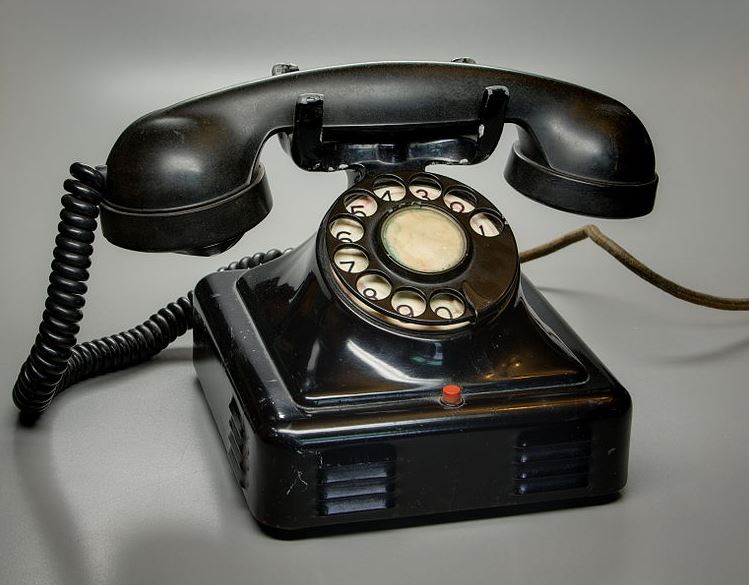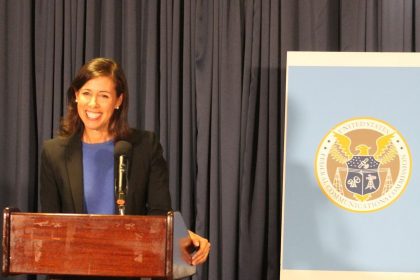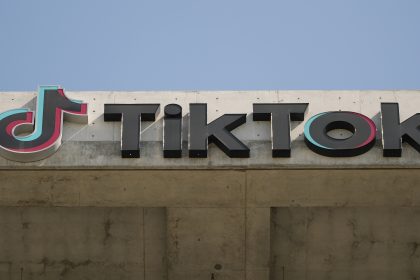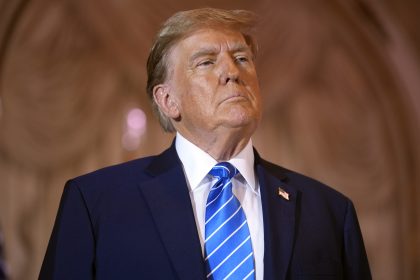FCC’s Universal Service Fund Contribution System Broken According to Advisors

WASHINGTON – Carolyn Roddy, a legal advisor at the Federal Communications Commission, knows all about the ins and outs of making changes to one’s telephone service.
But she admitted even she was surprised by the jump in rates her 96-year-old mother experienced when she decided to add long-distance service back onto her landline.
Roddy’s mother, a resident of Georgia, immediately saw her bill jump from $45 a month to over $60 a month.
While Roddy’s mother is in good financial shape and could afford the difference, Roddy told attendees at a Federal Communications Bar Association meeting Wednesday, that there are many elderly Americans who are not quite so lucky.
The reason for the marked increase in her mother’s monthly telephone bill is a program the FCC calls its Universal Service Fund.
It was created to ensure service access to low-income households and to those who live in areas that are difficult for telecom providers to reach.
Telecoms pay a contribution to the fund and together share the cost of extending that service. But at the same time, the companies cover the expenditure by including it in the rates they charge customers.
Or as Roddy said during the gathering on Wednesday, the contributions are “being paid on the backs of an elderly and probably lower income group of people.”
According to FCC filings, in the second quarter of 2019, the contribution factor was at 18.8%. A year later, it had jumped to 19.6%.
It’s essentially a “regressive tax” on those who are still using landlines for long-distance and international calls — low-income elderly and immigrants, said Scott Wallsten, president of Technology Policy Institute, during a second event Wednesday, this one at the Brookings Institution and focusing on President Biden’s broadband infrastructure plan.
For rural providers like Keith Gabbard, CEO of Peoples Rural Telephone Cooperative, programs like the USF have allowed him to keep his service costs down.
“Everyone seems to agree that the contribution system is broken with the contribution factor hovering over 30%, and that’s a direct result from the plummeting revenues from traditional telephone services,” said Danielle Thumann, an advisor to FCC Commissioner Brendan Carr.
Just last week, Carr published an op-ed in which he suggested the big tech companies pay the contribution factor, looking to “[end] the free ride” that Amazon, Netflix, Facebook, Apple, Google and the like have been enjoying on the internet at what he sees as the expense of American taxpayers.
What Carr proposes reaches “outside of the traditional telephone network and [requires] those that benefit the most from robust internet networks… to contribute into the fund,” Thumann explained, pointing to streaming services accounting for over 75% of internet traffic in rural networks.
“The cost of maintaining and building those networks is passed to the consumer,” Thumann charged, adding that these big tech companies make over $1 trillion in revenue each year, and they should “help contribute to close the digital divide” between those with high-speed internet access and those communities without.
Despite the controversy of requiring anything other than telephone companies to pay into the fund with a contribution factor, even the FCC Acting Chairwoman Jessica Rosenworcel described Carr’s idea as “intriguing.”
Seen throughout the pandemic, these tech companies have provided services from groceries to social networks, said Nicol Turner Lee, Brookings Institution’s senior fellow in Governance Studies and director of the Center for Technology Innovation.
“It’s high time to go back and revisit this,” Turner Lee charged, particularly in this new and digital “21st Century economy.”
























